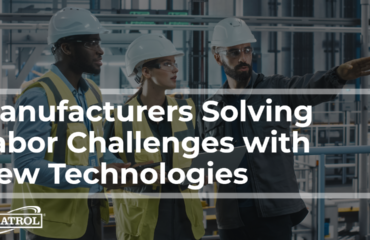To view “Smart Automation in 2020 (And Where It’s Heading in 2021…)” as a multimedia presentation, please click here.
Unique – it’s the only way one can describe 2020, in a nutshell. But for the field of smart automation, another word comes to mind:
Innovative.
The COVID-19 virus played a massive role in shaking up manufacturing. In a first for many, companies were forced to adapt to an ever-changing landscape that saw no immediate conclusion in sight.
The ripple effects of the virus were felt throughout the sector. It didn’t matter the industry or firm, no business was untouched. Because of the sudden, drastic changes that occurred during this time, ways of working with, leading, and servicing customers were transformed forever.
Companies faced hard-fought lessons in adaptability, creativity, and resiliency. But in the end, if they were still standing, it proved they had the wherewithal to endure unexpected hardships, and prepare for growth into 2021.
What has happened in manufacturing since the start of COVID-19?
The year 2020 brought about the increased adoption of smart automation that experts foresaw, but because of COVID-19, not for the reasons that people expected.
The public perception of manufacturing was slowly beginning to change, as more students were pursuing technical education. Schools and industry were beginning to build partnerships, giving students a pipeline for a well-paid career in Industry 4.0.
But then COVID-19 hit.
In the early weeks, the uncertainty surrounding the virus put a virtual freeze on many businesses worldwide – some shuttered, while others were able to stay afloat through planning and ingenuity. Schools were forced to transition to distance learning to close out the academic year.
Eventually, those deemed as “essential workers” – which included most in the manufacturing sector – could safely return to work. By then, though, it was clear that industry would have to adapt to these uncertain time.
According to a report published by McKinsey Global Institute, which interviewed more than 800 industrial executives, necessary changes were put into place immediately. Some of these included:
An acceleration of digitization automation technologies
One of the first, most drastic changes included the adoption of digitization automation technologies, which has substantially accelerated since the virus’ arrival to the United States. The report claims that 85% of companies have accelerated digitization, with 67% accelerating their automation and artificial intelligence (AI).
With the opportunity to improve efficiency and increase profits, AI, machine learning, and advanced analytics are becoming more complex. Understanding these technological intricacies offers companies a greater competitive advantage. (It also goes hand-in-hand with an increase in the adoption of Industry 4.0.)
So fresh, so clean: Health and hygiene jobs continue growth
In a move that is a direct result of the virus, 83% of respondents said they would hire more people for health and safety roles, with 73% of executives expecting to hire more on-site workers. This includes making sure personal protective equipment (PPE) is available to – and utilized by – all workers in the facility, as well as ensuring daily sanitations of all workspaces.
Other areas of work, such as cybersecurity – due to so many people working from home – and data analytics, have also taken on a greater professional role.
Welcome to the wide world of 5G
Finally, the rollout of 5G – which began in 2019 – continued on a much grander scale. Faster speeds and improved graphics will help enable real-time communication on a scale that has not been seen before, improving processes and efficiency.
What does this mean for smart automation in 2021?
What these new technologies prove is that despite being a difficult year, 2020 led to remarkable innovations and adaptations. Problem solving and critical thinking skills were put on full display, with many ideas and modernizations that will stick around post-pandemic.
So what will 2021 mean for smart automation?
Hopefully, it brings a fresh start, equipped with a new approach on how to handle difficult situations. And while it is impossible to predict what the year may bring, here are four possible manufacturing trends that we could begin to see in 2021:
Trend #1: Adaptions from COVID-19 will showcase emerging technologies

While COVID-19 brought on some of the most difficult times the world has experienced in decades, some good news came from these trying times, as well. For example:
- Rapid 3D printing was streamlined, which helped create large amounts of PPE equipment during times of shortages. In 2021, this technology can help create components for research, development, and prototyping. In addition, 3D printing could lead to more innovation as the demand for immediate fabrication continues.
- Augmented reality (AR) headsets became a valuable tool for many in the medical field, as it helped reduce time that doctors and nurses spent with high-risk COVID-19 patients. Now, that same technology can be molded and re-purposed in the manufacturing sector to help with maintenance, prototyping and research purposes.
- Machine learning and AI were put to the test, especially in dealing with customer service and document extraction. Now, with 18 million Americans expected to work from home for the foreseeable future – a 300% climb over pre-COVID time – many firms will invest in conversational AI, machine learning, and hardware advances to help smooth some of these workplace changes.
Trend #2: Supply chains will become collaborative networks
Interruptions felt by supply chain issues early into COVID-19 proved that, according to Forrester, “manufacturing leaders must learn to federate data and distribute trust to collaborate with customers and suppliers in multi-enterprise supply networks.”
Simply put, supply chains must become more resilient to ever-changing environments. This is possible if manufacturers pool their data, businesses invest in logistics operation centers, industry marketplaces continue their rise, and trustworthy supplier networks maintain their growth.
 Trend #3: Data transparency will be necessary to protect brands
Trend #3: Data transparency will be necessary to protect brands
If businesses have learned anything from consumers during the pandemic, it’s that they appreciate transparency. In 2020, issues like fair trade, labor conditions, and sustainability across areas like food, pharmaceuticals, and clothing caught the attention of customers, becoming a vital element of a manufacturer’s brand value.
While the trend isn’t new, Forrester predicts that 2021 will bring “growing concerns around safety and security, the rise of localization, and nationalist sentiment that will extend this trend to core manufacturing sectors.”
Trend #4: Tech-savvy workers will be in high demand
With the rise of AI and automation, it only makes sense that a company hires someone with an expert understanding of tech skills to operate, maintain, and secure these robots. But it’s not just robotics where these tech-savvy skills will come in handy – roughly 30% of companies will increase their spending on Cloud, security and risk, networks, and mobility (Forrester).
In addition, with the global public cloud infrastructure market will grow 35% to $130 billion in 2021, businesses having employees with working knowledge of analytics and knowledge management solutions will be keys to growth. To retain as many workers as possible, it is expected that more companies will opt to encourage continuous learning for good practice and more innovation for employees.
How can Amatrol help?
For more than 30 years, Amatrol has been a trusted technical training partner of both industry and education. What sets Amatrol apart from competition is its dedication to providing comprehensive training solutions that can integrate in-depth multimedia eLearning curriculum with robust trainers that teach hands-on skills with real-world industrial components.
Amatrol offers industrial-relevant training for a wide variety of in-demand skill sets useful throughout industry, as well as comprehensive learning solutions for education. These systems can be used in conjunction with specialized programs supporting industry-recognized certifications – including the Manufacturing Skill Standards Council (MSSC) and the Smart Automation Certification Alliance (SACA) – as well as programs ranging from introducing high school students to emerging technologies to teaching hands-on smart factory skills.
Visit our website for more information on how Amatrol can help you impact the future of manufacturing.
About Wes Scott
Wes Scott is a former public high school teacher and journalist. He is currently a Marketing Content Developer for Amatrol, Inc. Learn more about Amatrol and its technical training solutions, including eLearning, here and connect with Wes on Amatrol’s Twitter, Facebook, LinkedIn, and YouTube pages.








